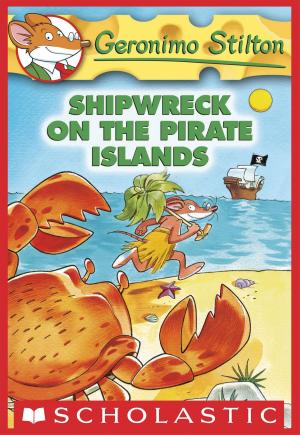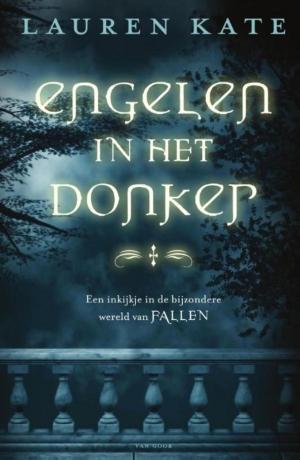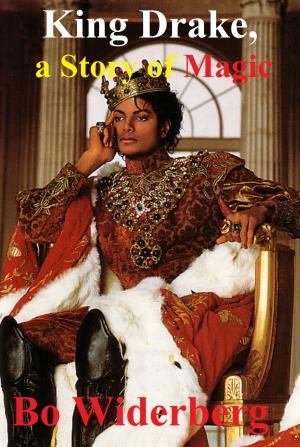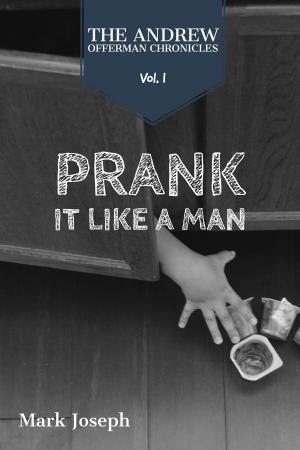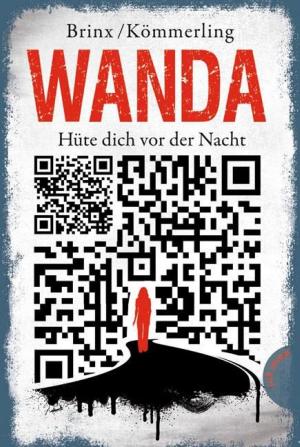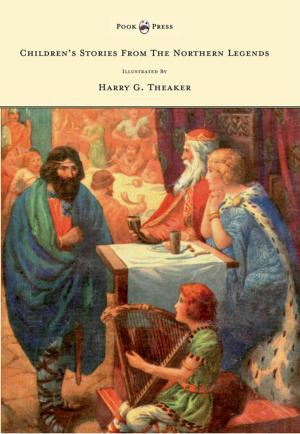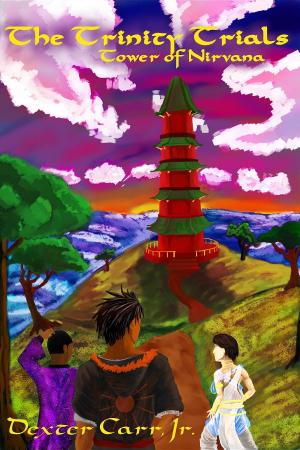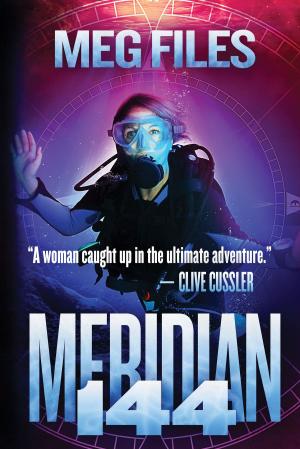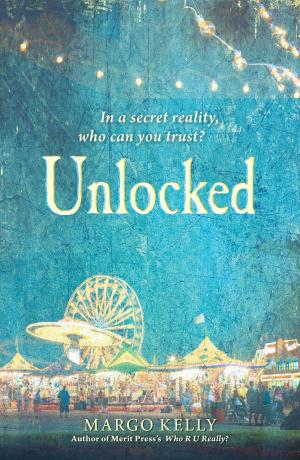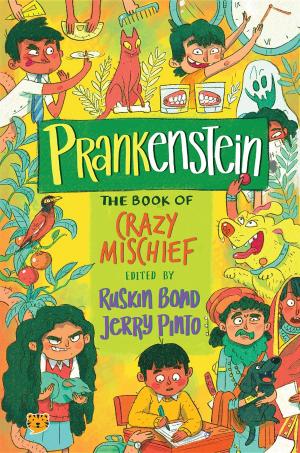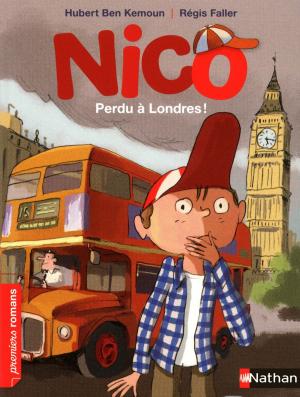Jack
A Strange Tale Involving a Beanstalk and Other Essentials.
Kids, Technology, Fiction, Science Fiction, Teen| Author: | John Alan Wiltshire | ISBN: | 9780992672102 |
| Publisher: | TruthZyme Publications | Publication: | September 30, 2013 |
| Imprint: | Language: | English |
| Author: | John Alan Wiltshire |
| ISBN: | 9780992672102 |
| Publisher: | TruthZyme Publications |
| Publication: | September 30, 2013 |
| Imprint: | |
| Language: | English |
“The time has come,” the Walrus said. “For what?” asked the Carpenter. “For a re-write of JACK and the BEANSTALK,” came the reply. “Why’s that?” inquired the Timber Technician. “The traditional story is moral misdirection about what it means to be British,” intoned the wise one talking through his teeth without lying. “Consider the formula of the traditional plot,” continued the amphibious one without fibbing or pausing for breath. “Our Hero is tricked into swapping cow for beans. Beans provide stalk as means to explore strange and exotic lands. Hero finds treasure in said lands. Hero steals said treasure and sets off home with the spoils. rightful owner of treasure wants it back and gives chase. Hero’s mother chops down stalk and rightful owner is killed. All live happily ever after.” “I see what you mean about moral misdirection,” said the would-be wood worker. “The Hero is a thief and his mother is a murderer. But, in a sense, isn’t that what the British Empire did in the 19th century when the fairy tale first became popular?” inquired the plain-speaking man of the plane. “Yes,” replied the tusked one, but there’s another tale to be told about the 19th Century in which Britain gives treasures of immense value to the whole world.” “Does this new plot also have a formula?” asked the crafty craftsman. “Indeed it does,” said the flipper flipper without being flippant. “It’s for adults young and old who heard the traditional version as children and who now realise that many of the greatest treasures are not made of jewels or precious metals.” “Can you give me an outline of the plot?” “Yes, of course, here’s the synopsis.” Synopsis The year is 1837 and the location is the Thames-side Hamlet of Bray just up-river from the historic town of Windsor in England. Two exceptionally bright teenagers, Jack and Jill, meet up with a distinguished scientist and a famous engineer. The engineer challenges them with a puzzle and they are able to find the solution. They then turn the tables and challenge the distinguished adults with an imaginative puzzle of their own involving a beanstalk and what can be found at the top of it. This gives the scientist and the engineer a hill of their own to climb as they all have imaginative fun exploring the upper slopes of Mount Improbable. The story is an easygoing mix of ingredients: fiction, history, science, engineering, fantasy, puzzles and philosophy wrapped up in a detective story with a twist, in the twist, in the tail, of the tale. All the loose ends come together to deliver a coherent and profound moral that may surprise the reader as the true nature of the treasure is revealed. “So this isn’t a children’s story then?” “Parts of it are. The modern concept of story telling uses a technique called ‘multi-threading’. Some of the threads are remarkably child friendly, but other, parallel threads, have a deeper significance in a wider context that only an adult can understand.” “Sounds complicated.” “Yes, but there is an underlying principle at work here: childhood stories with moral imperatives should not be in contradiction with adult standards. They should be complementary so that the child can grow into the moral framework and eventually find wisdom in much-loved stories from their childhood.” “How foolish of me not to have thought of that!” exclaimed the Carpenter. “So the magic beans, the Beanstalk and the Giant still figure in this version then?” “Indeed they do but, what they represent is subject to subtle variations between the threads.” “Hmm... I’ll give all this some careful thought. But let it begin.” “Um... no, let it middle. See you later.”
“The time has come,” the Walrus said. “For what?” asked the Carpenter. “For a re-write of JACK and the BEANSTALK,” came the reply. “Why’s that?” inquired the Timber Technician. “The traditional story is moral misdirection about what it means to be British,” intoned the wise one talking through his teeth without lying. “Consider the formula of the traditional plot,” continued the amphibious one without fibbing or pausing for breath. “Our Hero is tricked into swapping cow for beans. Beans provide stalk as means to explore strange and exotic lands. Hero finds treasure in said lands. Hero steals said treasure and sets off home with the spoils. rightful owner of treasure wants it back and gives chase. Hero’s mother chops down stalk and rightful owner is killed. All live happily ever after.” “I see what you mean about moral misdirection,” said the would-be wood worker. “The Hero is a thief and his mother is a murderer. But, in a sense, isn’t that what the British Empire did in the 19th century when the fairy tale first became popular?” inquired the plain-speaking man of the plane. “Yes,” replied the tusked one, but there’s another tale to be told about the 19th Century in which Britain gives treasures of immense value to the whole world.” “Does this new plot also have a formula?” asked the crafty craftsman. “Indeed it does,” said the flipper flipper without being flippant. “It’s for adults young and old who heard the traditional version as children and who now realise that many of the greatest treasures are not made of jewels or precious metals.” “Can you give me an outline of the plot?” “Yes, of course, here’s the synopsis.” Synopsis The year is 1837 and the location is the Thames-side Hamlet of Bray just up-river from the historic town of Windsor in England. Two exceptionally bright teenagers, Jack and Jill, meet up with a distinguished scientist and a famous engineer. The engineer challenges them with a puzzle and they are able to find the solution. They then turn the tables and challenge the distinguished adults with an imaginative puzzle of their own involving a beanstalk and what can be found at the top of it. This gives the scientist and the engineer a hill of their own to climb as they all have imaginative fun exploring the upper slopes of Mount Improbable. The story is an easygoing mix of ingredients: fiction, history, science, engineering, fantasy, puzzles and philosophy wrapped up in a detective story with a twist, in the twist, in the tail, of the tale. All the loose ends come together to deliver a coherent and profound moral that may surprise the reader as the true nature of the treasure is revealed. “So this isn’t a children’s story then?” “Parts of it are. The modern concept of story telling uses a technique called ‘multi-threading’. Some of the threads are remarkably child friendly, but other, parallel threads, have a deeper significance in a wider context that only an adult can understand.” “Sounds complicated.” “Yes, but there is an underlying principle at work here: childhood stories with moral imperatives should not be in contradiction with adult standards. They should be complementary so that the child can grow into the moral framework and eventually find wisdom in much-loved stories from their childhood.” “How foolish of me not to have thought of that!” exclaimed the Carpenter. “So the magic beans, the Beanstalk and the Giant still figure in this version then?” “Indeed they do but, what they represent is subject to subtle variations between the threads.” “Hmm... I’ll give all this some careful thought. But let it begin.” “Um... no, let it middle. See you later.”


